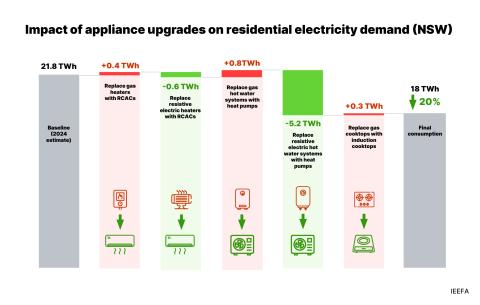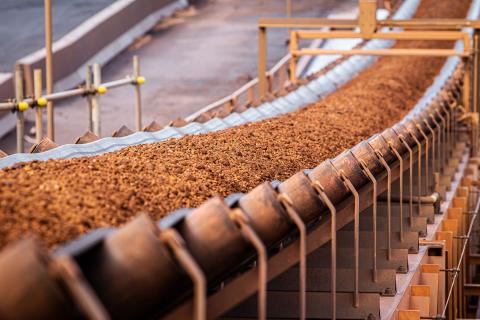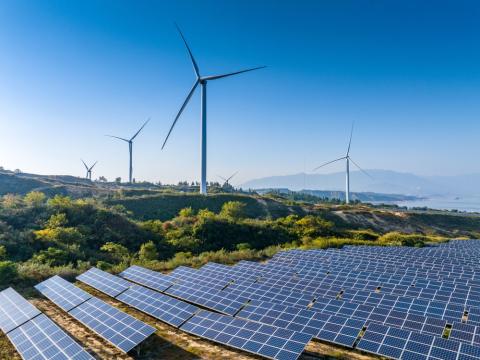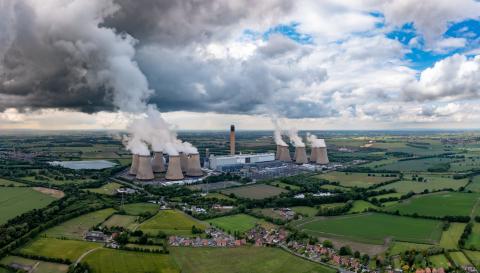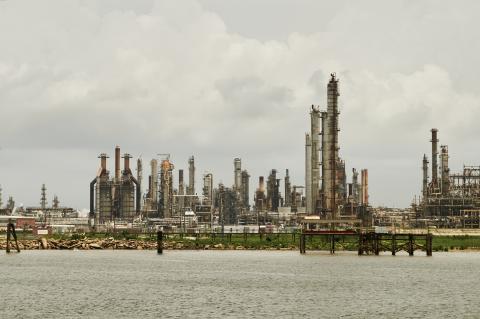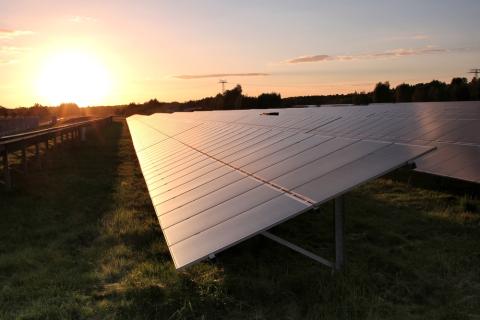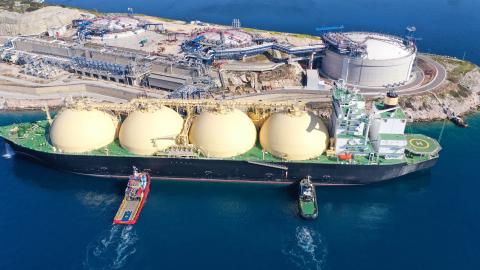The carbon capture crux: Lessons learned
Download Full Report
View Press Release
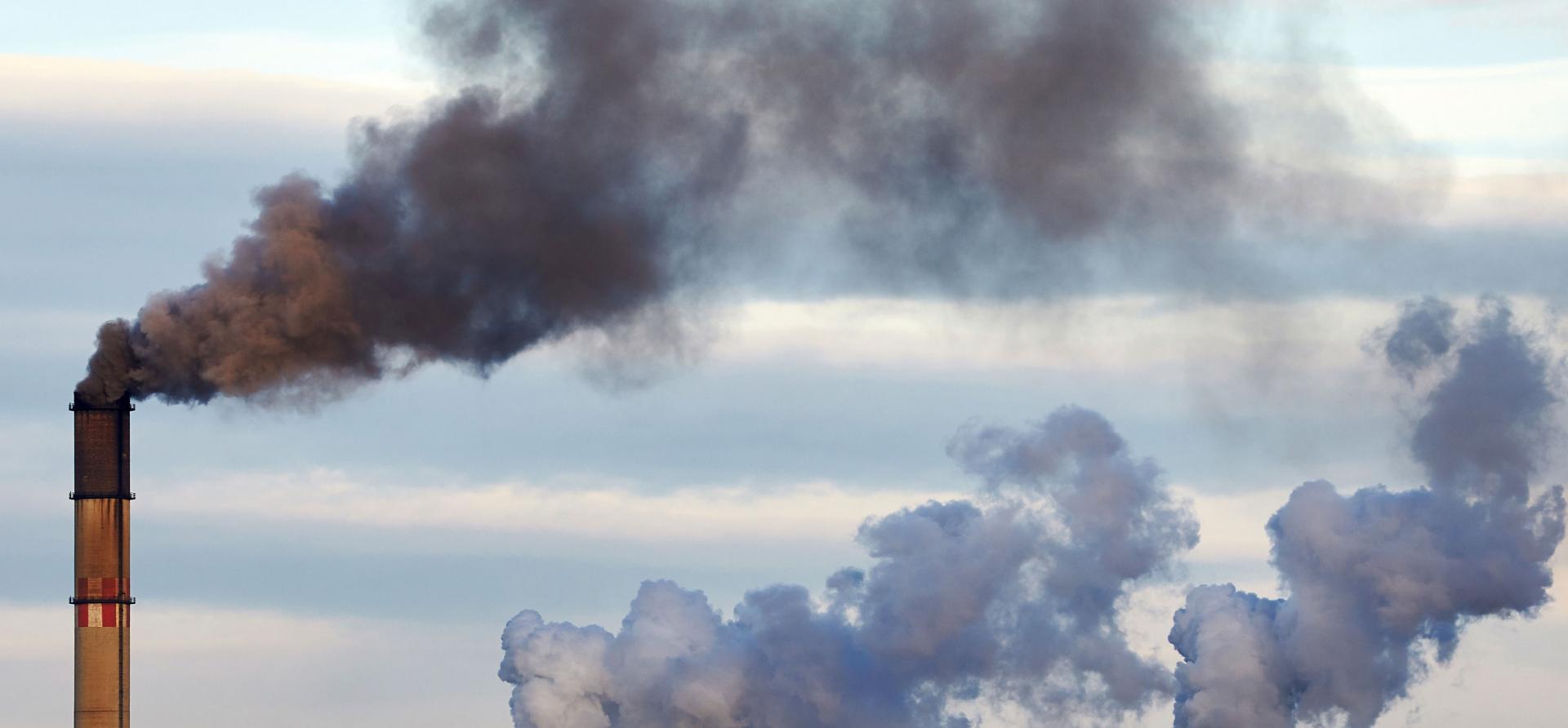
Key Findings
Captured carbon has mostly been used for enhanced oil recovery (EOR): enhancing oil production is not a climate solution.
Successful CCUS exceptions mainly exist in the natural gas processing sector serving the fossil fuel industry, leading to further emissions.
Using carbon capture as a greenlight to extend the life of fossil fuels power plants is a significant financial and technical risk: history confirms this.
Executive Summary
Carbon capture and storage (CCS) is a 50-year-old technology with variable results in capturing and storing carbon dioxide. Project developers have almost always reused the captured carbon for enhanced oil recovery (EOR), producing oil and gas and more emissions.
Carbon capture’s role has been rejigged as a climate solution in recent years with its diverse applications being proposed to decarbonise fossil fuel plants and hard-to-abate sectors.
Is CCS/CCUS a greenwash to extend the life of fossil fuel assets or a panacea to avert catastrophic climate change consequences?
Some widely cited authorities are fuelling the debate on the role of this technology as a climate solution, including the International Energy Agency in both its Energy Technologies Perspectives report and Net Zero by 2050 report.
This push has given a platform to polarising views on carbon capture utilisation and storage (CCUS) and carbon capture and storage (CCS): is it a greenwash to extend the life of fossil fuel assets or a panacea to avert catastrophic climate change consequences?
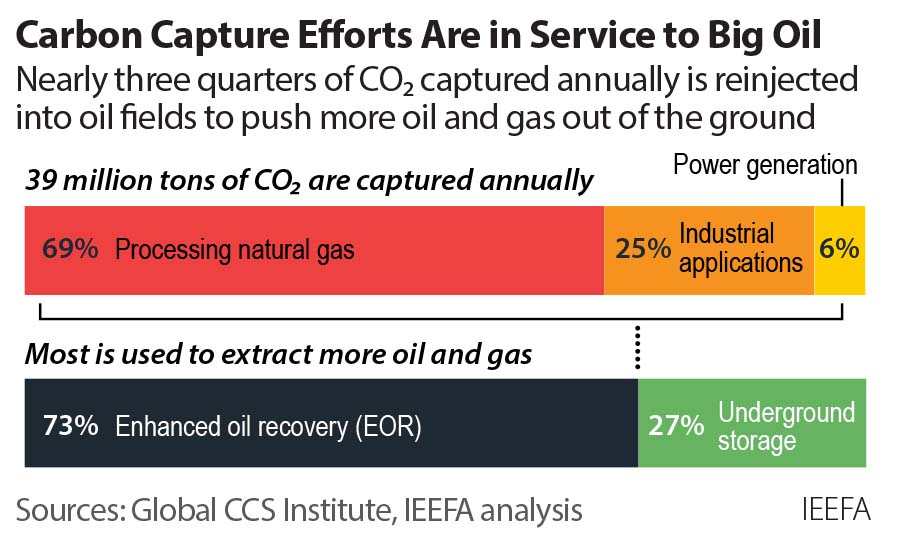
This report aims to shed light on the different applications and conceptualisations of CCUS/CCS, demystifying the technology’s applications, concepts and categorisations. It explains the dichotomy between enhanced oil recovery and carbon capture within dedicated geological structures, and the difference between carbon capture and utilisation (CCU), CCUS and CCS. It uses a four-tiered structure to provide an overview of all carbon capture applications, which includes gas processing, power generation, industry application/production, and carbon dioxide removal (CDR) technologies.
Finally, 13 flagship cases (10 in operation, two that have failed and one that has been suspended) comprising about 55% of the total nominal capture capacity operating worldwide have been reviewed in detail. The projects are flagship in different senses, with each of them having unique aspects of importance.
Our sample is comprehensive, enough to learn lessons about the whole sector. IEEFA estimates that the studied cases have captured more than two-thirds of all anthropogenic carbon dioxide captured in history.
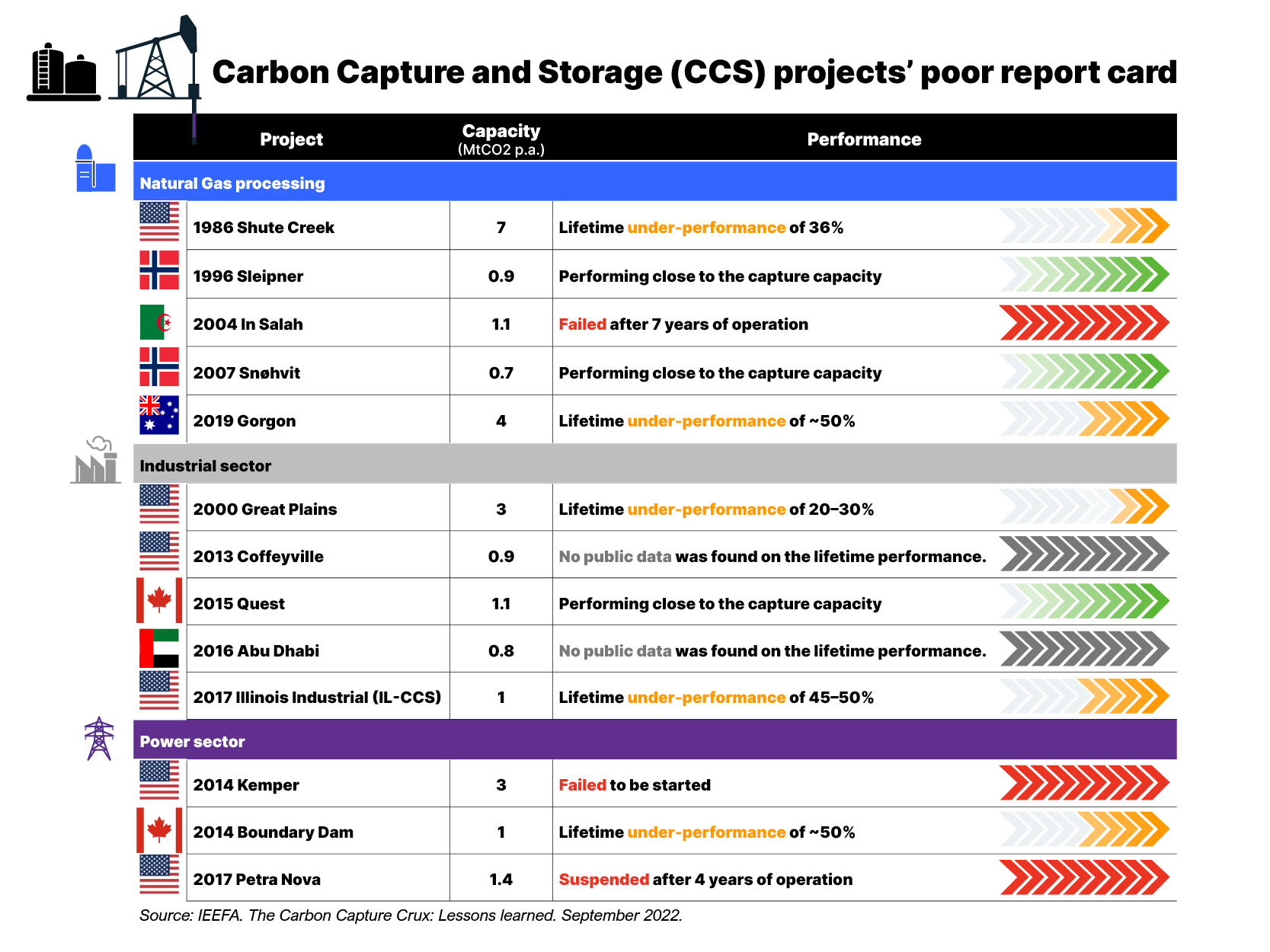
What we found
Further extrapolated in our conclusion at the end of the report, we found:
- Failed/underperforming projects considerably outnumbered successful experiences.
- Successful CCUS exceptions mainly existed in the natural gas processing sector serving the fossil fuel industry, leading to further emissions.
- The elephant in the room of the application of CCS/CCUS in the natural gas processing sector: Scope 3 emissions are still not being accounted for.
- Captured carbon has mostly been used for enhanced oil recovery (EOR): enhancing oil production is not a climate solution.
- Using carbon capture as a greenlight to extend the life of fossil fuels power plants is a significant financial and technical risk: history confirms this.
- Some applications of CCS in industries where emissions are hard to abate (such as cement) could be studied as an interim partial solution with careful consideration.





